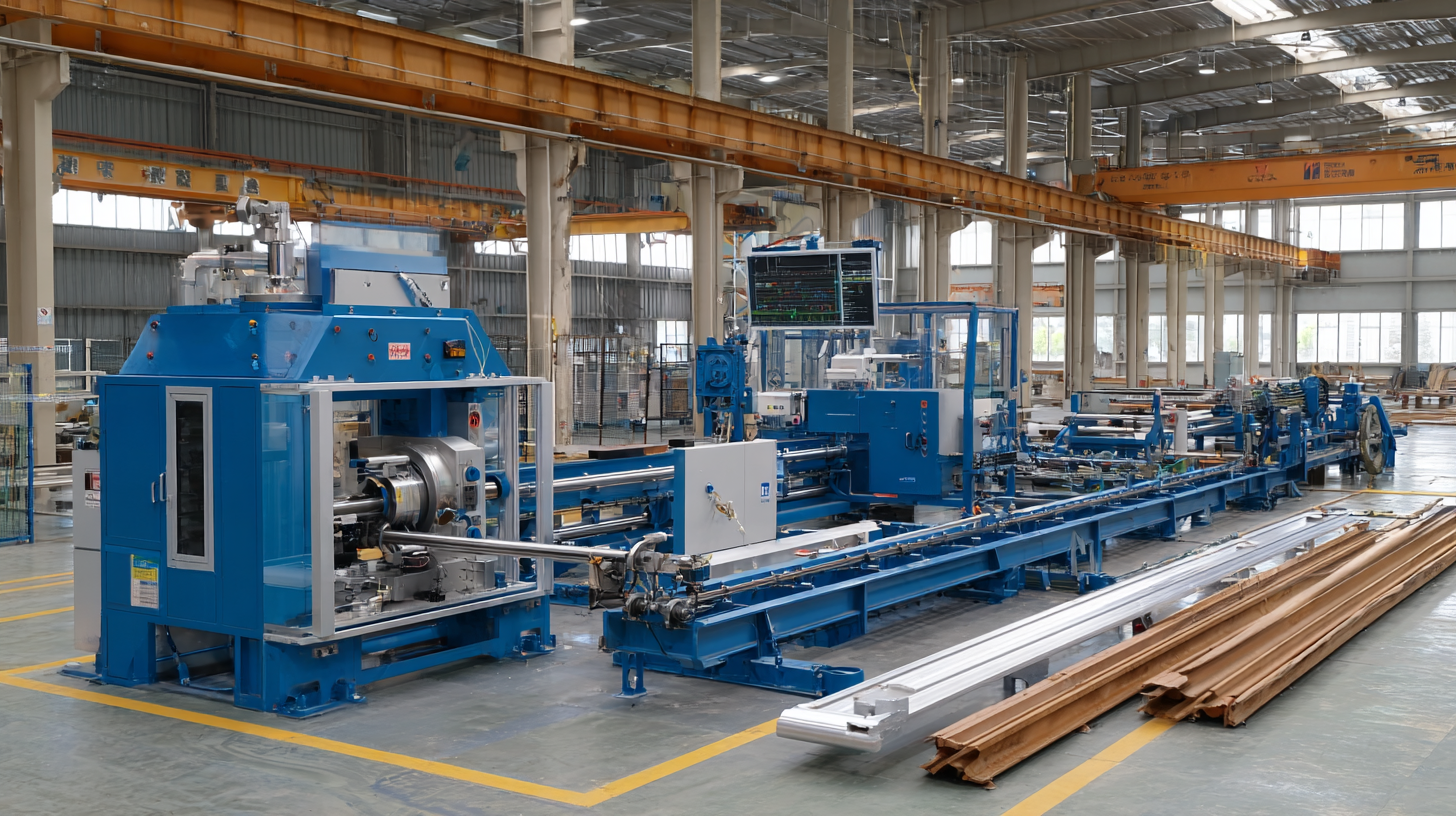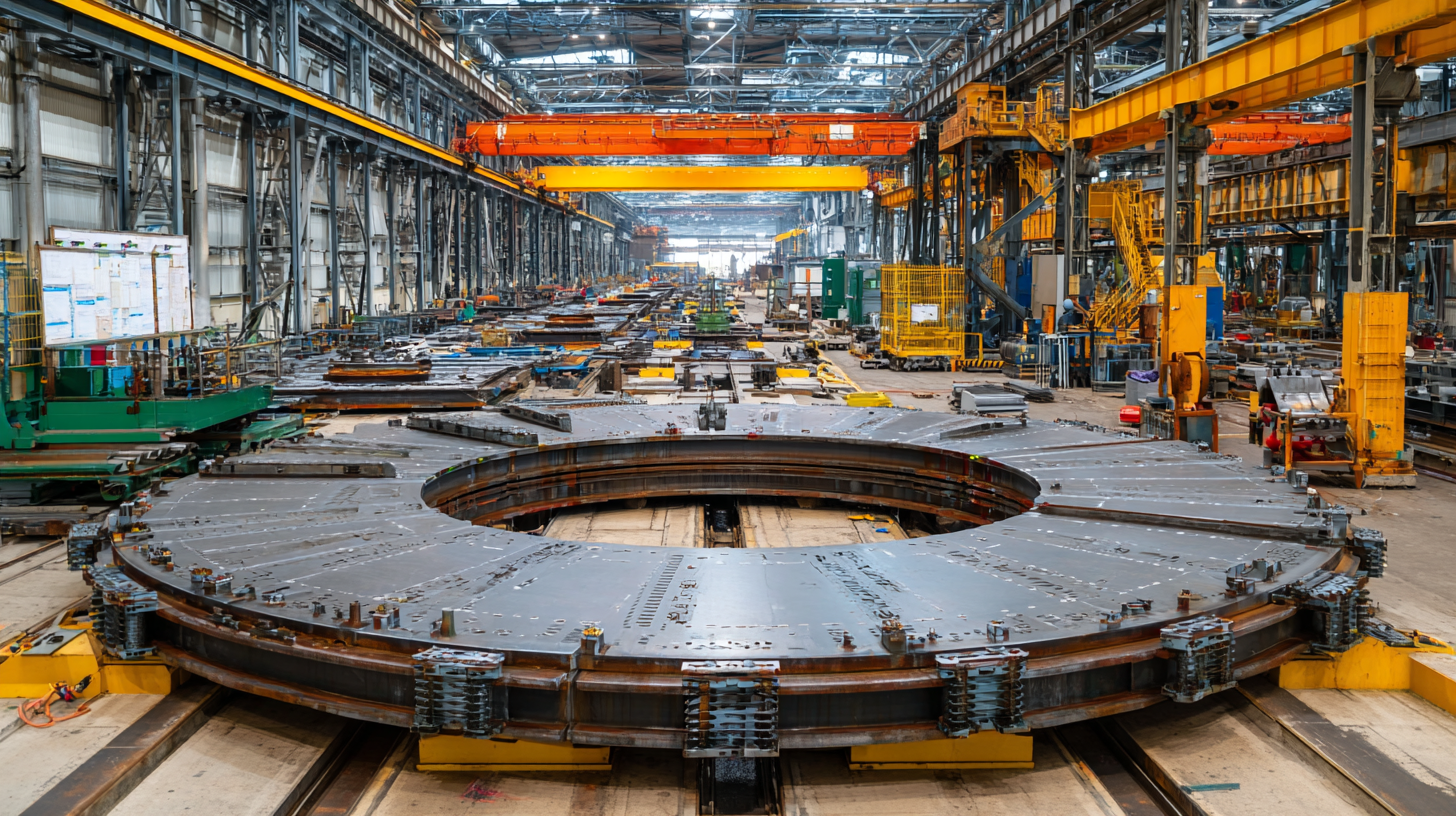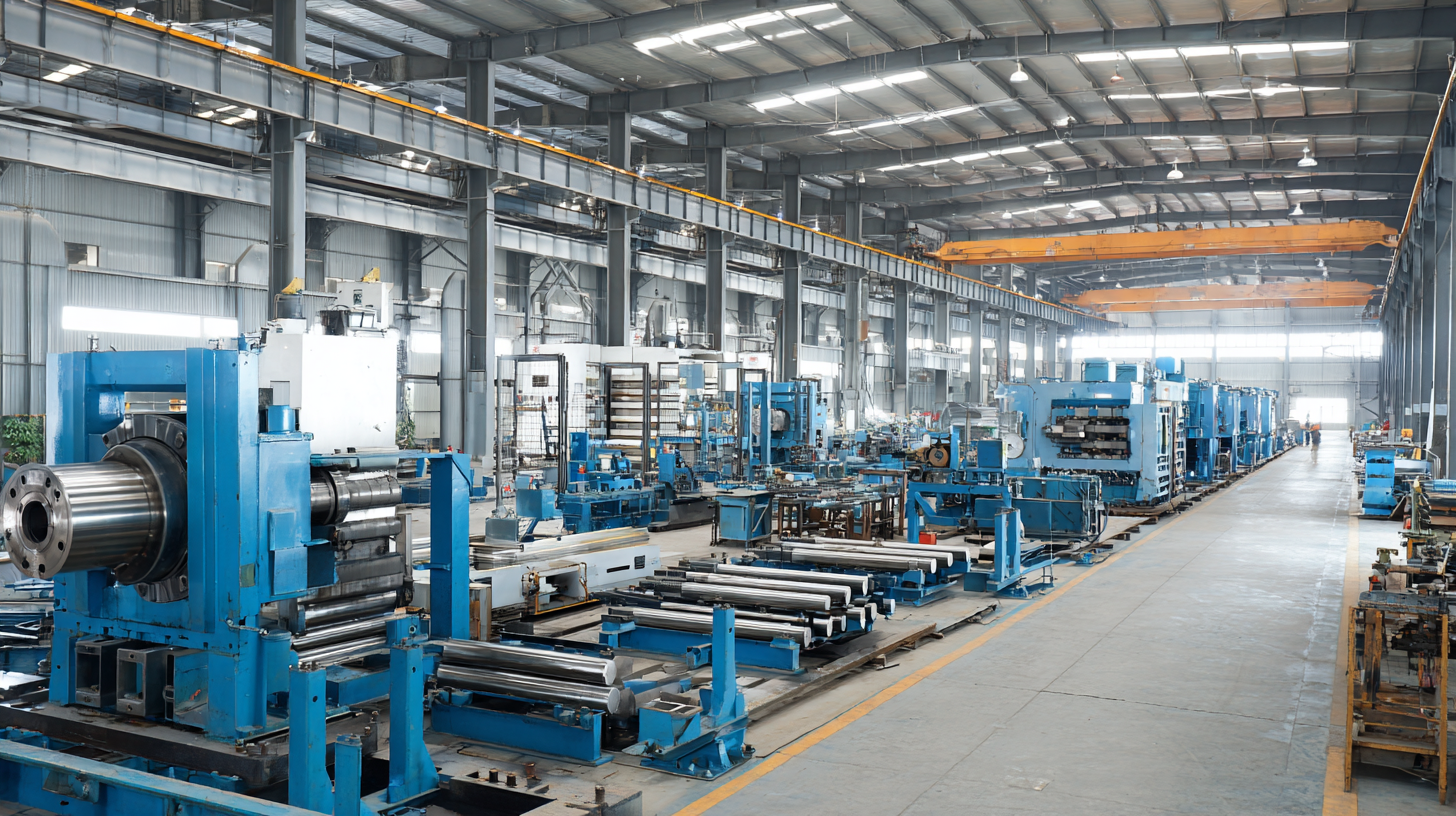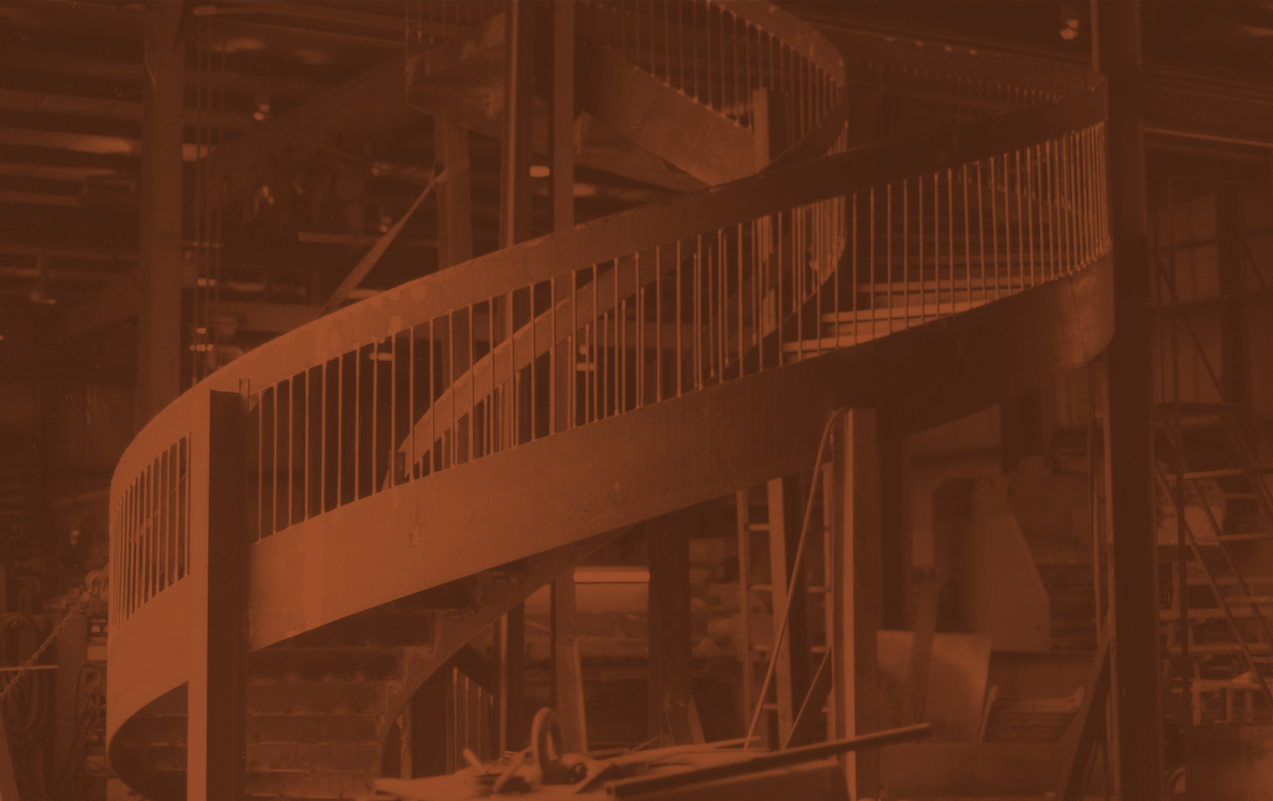





In the rapidly evolving landscape of modern manufacturing, the role of steel fabrication equipment has become increasingly pivotal. Innovative techniques are transforming the ways in which steel is processed and utilized, driving efficiency, precision, and sustainability. As industries strive to keep pace with the demands of globalization and technological advancement, the integration of cutting-edge fabrication technologies is not merely an option; it is a necessity.

This introduction explores the latest developments and methodologies in steel fabrication equipment that are shaping contemporary manufacturing processes. From automated systems that enhance productivity to advanced software solutions that optimize workflow, these innovations are redefining traditional practices. By delving into the intricacies of these techniques, we can better understand how they contribute to improving production capabilities and addressing the challenges faced by manufacturers today.
As we analyze the impact of these innovative steel fabrication techniques, we will also highlight key trends and future directions in the industry. This discussion aims to provide insights for manufacturers looking to leverage the latest advancements in steel fabrication equipment to achieve operational excellence and remain competitive in a dynamic market.
The steel fabrication equipment industry is undergoing a significant transformation, driven by innovative technologies that enhance manufacturing efficiency and precision. Recent trends indicate a strong focus on automation, smart manufacturing, and the integration of advanced materials. Automation technologies, such as robotics and AI-driven systems, are enabling manufacturers to achieve higher productivity levels while minimizing waste. Additionally, advancements in predictive maintenance and real-time data analytics are helping organizations optimize machine performance, reduce downtime, and improve overall operational effectiveness.
As the global metal fabrication equipment market is projected to grow substantially, emerging technologies will play a crucial role in shaping its future. The evolving landscape is marked by the adoption of digital twins, which allow manufacturers to simulate and optimize production processes before implementation. Furthermore, the rise of spatial computing technologies is also expected to revolutionize how operators interact with fabrication equipment, leading to more intuitive and efficient workflows. This synergy between innovative technologies and traditional steel fabrication methods will not only enhance existing processes but also pave the way for new business models and opportunities in the manufacturing sector.
| Technique | Description | Benefits | Application Areas |
|---|---|---|---|
| Laser Cutting | A technique that uses concentrated laser beams to cut through steel with high precision. | High precision, reduced waste, and faster processing times. | Automotive, Aerospace, Construction. |
| Robotic Welding | Utilizes robotic arms for welding tasks, improving speed and consistency. | Enhanced precision, improved safety, and cost-effectiveness in large-scale production. | Heavy Machinery, Shipbuilding, Manufacturing. |
| 3D Printing | An additive manufacturing technique that creates complex steel structures layer by layer. | Ability to create complex geometries, reduced material waste, and customization. | Prototype Development, Aerospace Parts, Medical Devices. |
| Plasma Cutting | Uses a high-velocity jet of ionized gas to cut through steel, effective for thicker materials. | Versatile, efficient cutting of a variety of metals in various thicknesses. | Metal Fabrication, Art Installations, Signage. |
| CNC Machining | Computer Numerical Control machining automates the control of machine tools. | High accuracy, repeatability, and efficient production of complex parts. | Aerospace Components, Automotive Parts, Custom Fabrication. |
When selecting steel fabrication equipment, several essential factors must be taken into consideration to ensure efficiency, cost-effectiveness, and adaptability in modern manufacturing processes. First and foremost, the compatibility of equipment with existing systems is crucial. Manufacturers should assess whether new machines can seamlessly integrate with their current setups, minimizing disruption and maximizing productivity. Additionally, evaluating the equipment's ability to handle a variety of materials and processes will enhance flexibility and allow manufacturers to meet diverse customer demands.
Another key factor is the technological capabilities of the fabrication equipment. Investing in innovative technologies can provide significant advantages, such as improved precision, faster production times, and enhanced automation. As the global metal fabrication equipment market is projected to grow significantly, manufacturers should prioritize equipment that incorporates advanced features like smart technology and data analytics to stay competitive. Furthermore, considering maintenance and support services is vital; efficient maintenance can prolong the lifespan of the equipment and reduce downtime, ultimately benefiting overall operational performance.

The integration of automation in steel fabrication processes is transforming the landscape of modern manufacturing. According to a report from MarketsandMarkets, the global automated material handling market is expected to grow from $32.47 billion in 2020 to $65.69 billion by 2026, demonstrating a compound annual growth rate (CAGR) of 12.2%. This rapid growth highlights the increasing need for manufacturing industries, including steel fabrication, to adopt advanced automation techniques to remain competitive.
Effective integration of automation involves not only upgrading machinery but also embracing technologies like robotics and artificial intelligence. For instance, the use of robotic arms for welding and cutting has led to a reported 20-30% increase in productivity, while also significantly reducing labor-related injuries. Furthermore, implementing smart software solutions for inventory and supply chain management can enhance operational efficiency by optimizing resource utilization. A study by SME found that manufacturers using automated systems saw a reduction in operational costs by up to 15%. By harnessing these innovative techniques, steel fabrication processes can achieve better precision and responsiveness to market demands.
In the rapidly evolving landscape of modern manufacturing, optimizing steel fabrication workflows is essential for enhancing productivity and reducing costs. Innovative equipment solutions, such as automated CNC plasma cutting machines and advanced bending technologies, have shown to improve operational efficiency by up to 30% according to the 2022 Manufacturing Technology Report by the Association for Manufacturing Technology (AMT). These innovations not only streamline the fabrication process but also minimize material waste, which is crucial in a market where material costs continue to rise.

To maximize efficiency, manufacturers should consider investing in integrated software systems that provide real-time monitoring and analytics of fabrication processes. This technology enables predictive maintenance, which can reduce downtime by as much as 20%, according to a study published in the Journal of Manufacturing Science and Engineering. Furthermore, implementing lean manufacturing principles alongside new equipment can lead to significant improvements in workflow efficiency and overall product quality.
Tips: Regular training for staff on new technologies is essential to fully leverage the benefits of innovative equipment. Consider scheduling quarterly workshops to keep your team updated and engaged with the latest techniques. Additionally, always seek feedback from operators who interact directly with the machinery; their insights can drive further optimization and innovation within your workflows.
In the evolving landscape of modern steel fabrication, advanced materials play a pivotal role in enhancing efficiency and precision. The integration of high-strength alloys and innovative composites has transformed traditional manufacturing processes, allowing for the production of lighter and more durable steel structures. These materials not only improve operational performance but also contribute to sustainability efforts, reducing waste and energy consumption during fabrication.
Moreover, the application of cutting-edge manufacturing techniques, such as additive manufacturing and robotic automation, has further pushed the boundaries of what is possible in steel fabrication. By utilizing advanced materials in conjunction with these technologies, manufacturers can create complex geometries and intricate designs that were previously unattainable. This synergy not only streamlines production but also opens new avenues for customization, enabling companies to respond quickly to market demands and enhance product offerings. The continuous exploration of innovative materials and techniques is, therefore, essential for staying competitive in the rapidly advancing field of steel fabrication.
This chart illustrates the adoption rates of various innovative steel fabrication techniques in modern manufacturing processes. These techniques leverage advanced materials to enhance efficiency and precision in steel fabrication.




